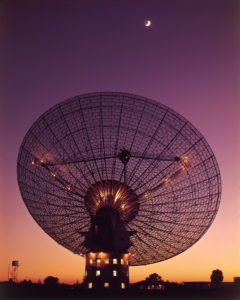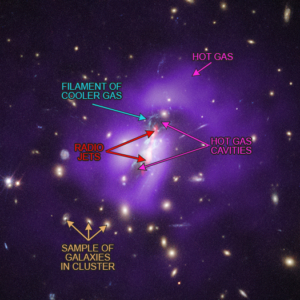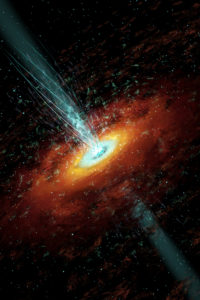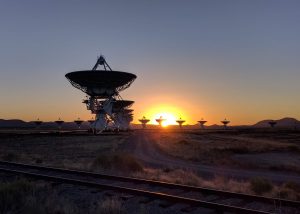Yes, astronomical dawn is defined as the time when the geometric center of the Sun is at 18 degrees…
Select :
asteroid collisionasteroidsastronomical distance scalesatomsbig bangblack holesbright lights in the skybrown dwarfcareerscelestial eventschecker cabscometsconstellationscosmic distancescosmic microwave backgroundcosmic rayscosmologydark energydark matterdwarf planeteartheclipseeclipticeducationexoplanetsexpansion of the universegalaxiesgeneral relativitygravitational lensgravity wavesGreat Red SpotHoaxesHubble Space Telescope (HST)Interferometerinterferometryinterstellar moleculesionosphereJupitermagnetarsmarsmeteorsMH370milky wayMilky Way Galaxymoleculesmoonmoonsneutron starneutron starsNibirunight skyparallaxphysicsplanetsplutoproperties of lightPtolemypulsarsquasarsradar astronomyRadio Astronomyradio frequency interferenceradio interferometersradio recombination line emissionRadio TelescopeSatellite DishSchwarzschild Radiusscientific methodsearch for extraterrestrial intelligenceSETIsolar systemspace probesspacecraftstar formationstarssunsupernovasupernova remnantssupernovaetelescopestime dilationTrans Neptunian Objectstwin paradoxunexplained celestial observationsVenusVery Large ArrayVery Long Baseline Array (VLBA)Voyager 1weather


How to Visualize the Solar System as the Earth Orbits the Sun
I think that what you are looking for is a way to show what the orientation of the Sun…

Alignment of Stars in Orion’s Belt and Observer Perspective
I believe that what you are seeing is the difference between observing the stars in Orion’s belt when this…

That Bright “Star” in the Western Evening Sky is Venus
The bright planet Venus is an “evening star” these days, appearing in the western sky about 20 degrees above…

How Long Does a Full Moon Last?
Technically, the point at which the Moon is “full” lasts only an instant. To the naked eye, though, the…

Bright Object in the Evening Sky Suffolk Virginia
Perhaps you are seeing the planet Venus, which would be in the W/SW sky setting right around 8PM in…





